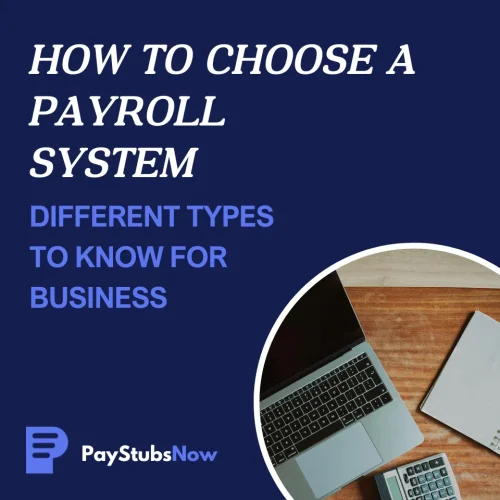
How to Edit Pay Stubs Safely and Accurately
Editing pay stubs the right way ensures compliance and accuracy. Discover step-by-step instructions to correct errors through official channels.
Invoice payments are crucial for smooth business operations. Learn about key terms, payment methods, and how timely payments can benefit your business.


Editing pay stubs the right way ensures compliance and accuracy. Discover step-by-step instructions to correct errors through official channels.

Learn how to access and organize your DoorDash pay stubs for accurate income verification. Discover step-by-step instructions for both app and desktop.

Discover the importance of retaining pay stubs for financial stability and compliance. Learn optimal retention times for various employment scenarios.

Understand the essential differences between W9 and 1099 forms to navigate tax processes with confidence. Learn when and how to use each form effectively.

Missing a W-2 form can lead to significant penalties for employers. Discover the deadlines, consequences, and strategies to ensure compliance.

Handling taxes as a freelancer can be overwhelming. Learn key strategies to file taxes, claim deductions, and remain compliant with IRS regulations.

Many small business owners wear multiple hats, and hiring your first employees can feel like a whole new ball game.

FUTA may sound like just another tax acronym, but ignoring it can cost your business in penalties and missed compliance.

Handling payroll accurately isn't just a task — it's a cornerstone of trust, compliance, and financial health.

Running a business means budgeting effectively, and payroll is a major expense. Understanding every part of your payroll budget helps control costs and plan growth.